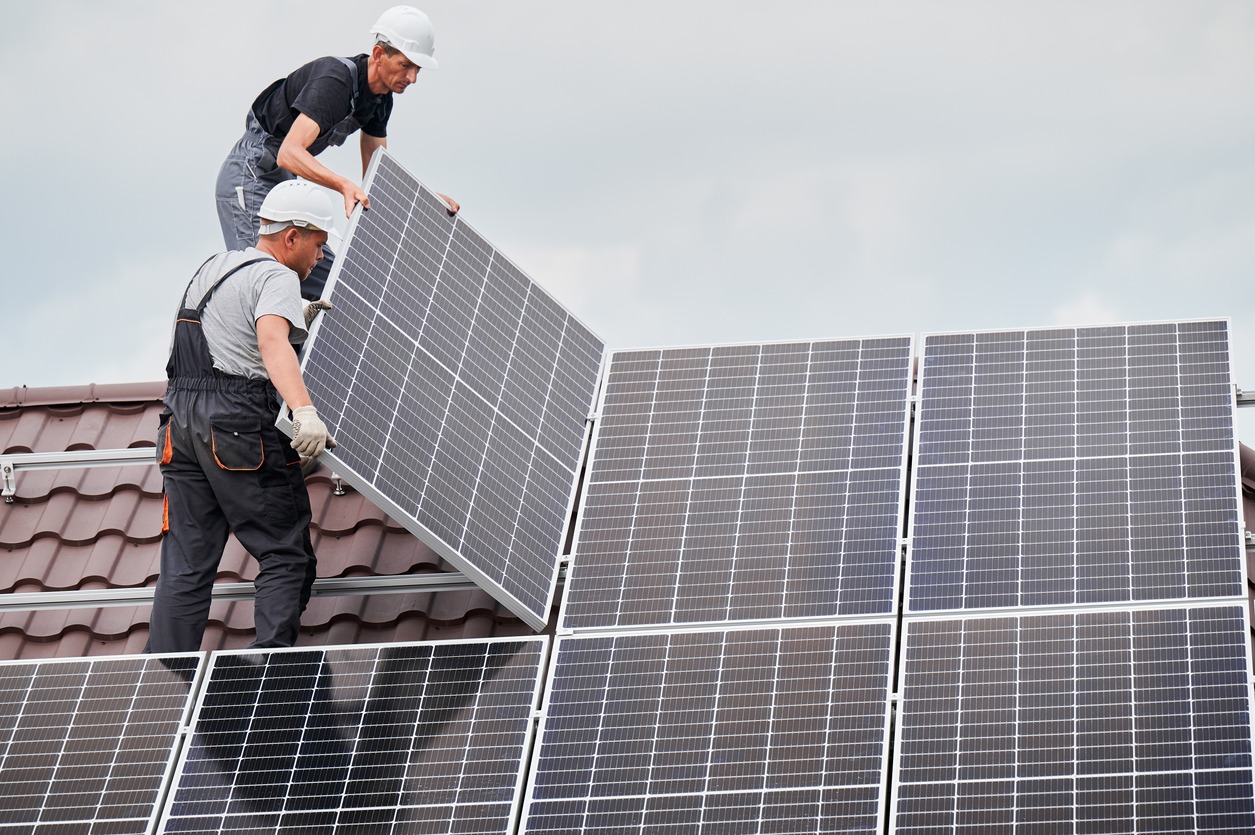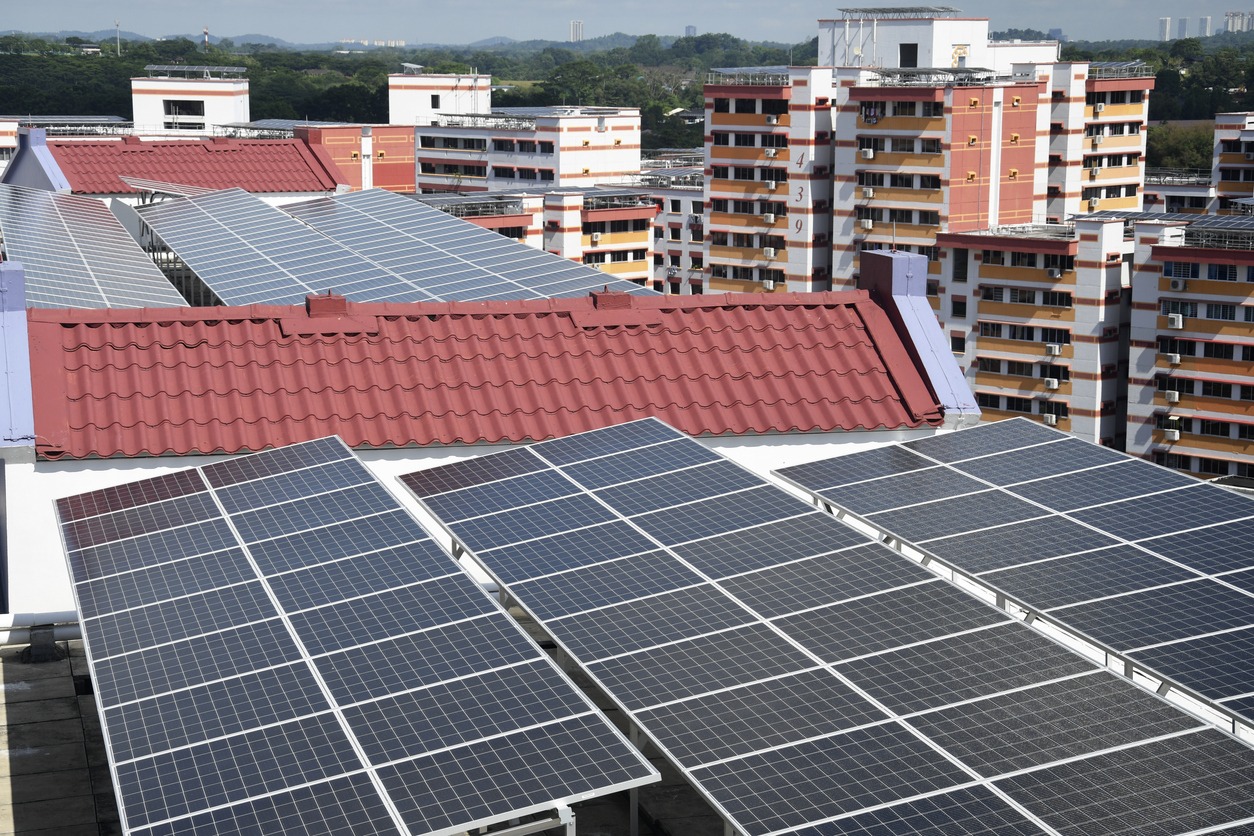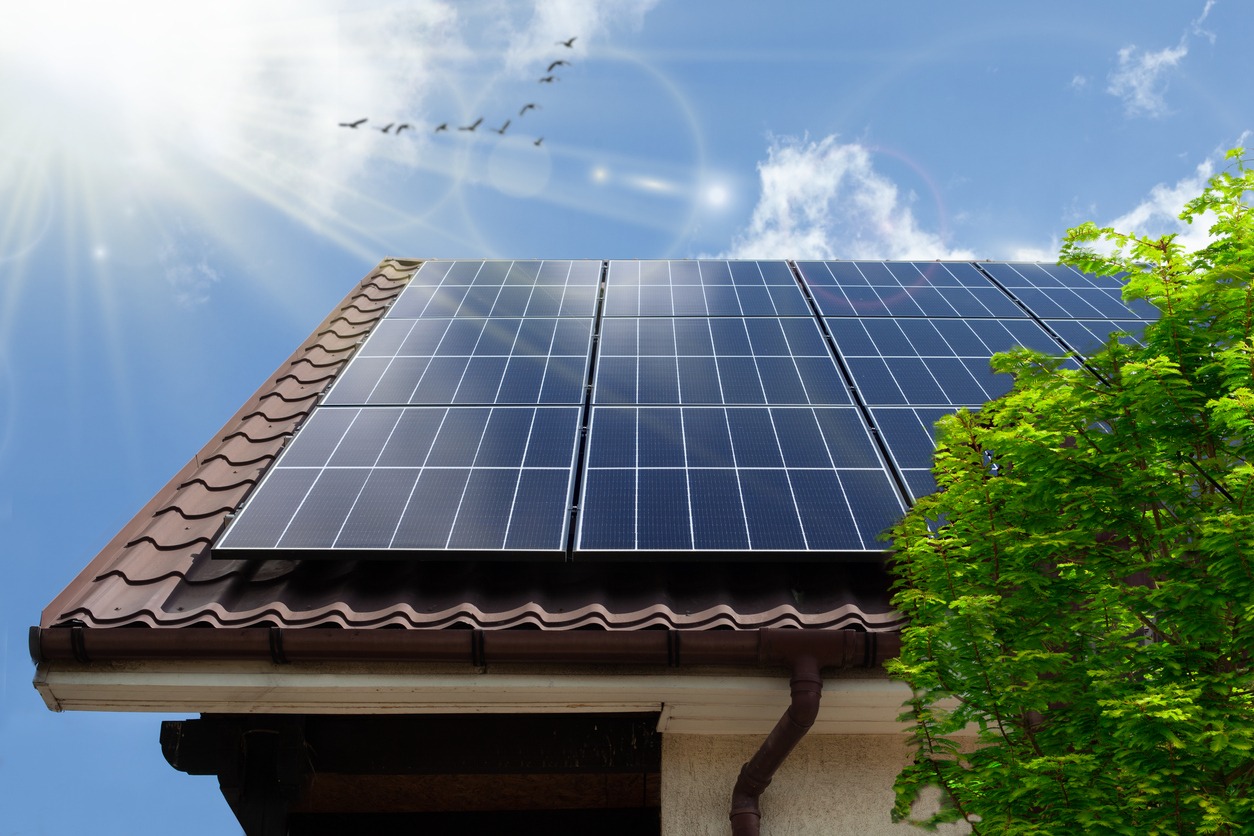Electricity is sometimes taken for granted in today’s world, but it is a fact that it might be disrupted at any time for a lengthy period. Natural disasters, civil upheaval, or any number of other factors could create this. Emergency power may not appear to be at the top of a survival needs list, but with so many things requiring energy including communication, it is far more important than some may believe. We will explore options for adding solar power to your home as well as alternative solar power options if whole home solar isn’t an option.
Why Should I Invest in Solar Power?
Investing in renewable energy is appealing from a lifestyle standpoint since it represents a step toward energy independence. It just makes financial sense over the long term. You can lower your utility bills by installing a solar PV system. Producing your electricity reduces your reliance on utility corporations. This reduces your monthly utility cost, and in many circumstances, the utility will provide a credit for power generated more than excess of what the homeowner consumes.
Purchasing a solar power home system can shield you from escalating energy prices. Conservative estimates peg the productive life of solar panels at 25 years, though research suggests it could be considerably longer. Once your system is paid off, the panels continue to generate electricity, unhindered by growing utility prices, which are expected to rise at a rate of about 8% per year. A home solar power system will lower your carbon footprint from an environmental standpoint. Solar systems produce no pollutants. You can avoid reliance on variable prices and availability swings by generating your electricity.
Considerations to Make Before Purchasing a Solar Power System
1. Location
Ensure you have a location for your solar panels before purchasing. Older homes may need repairs, additions, or even a complete replacement before they can accommodate solar panels because many solar panels are positioned on the roof. A few locations allow for the installation of solar panels in yards. If roof installation is too expensive or impractical, this is a possible solution if you have the room. The panels should be installed in the best possible location, regardless of where you choose to do it.
2. Choose the Right Panel
There are variations among solar panels. First, you should decide between solar thermal panels and photovoltaic solar panels, also referred to as solar electric solar panels. The more popular photovoltaic technology uses solar cells to turn sunlight directly into electricity. On the other side, solar thermal panels use mirrors to focus sunlight and are often employed for water heating. Solar thermal is more effective, although it works best when the sun is shining. PV panels are more durable and adaptable.
You must think about factors like performance, durability, and warranty in addition to the sort of solar panel you desire, just as you would with any big purchase. These will all vary; some panels will be more appropriate for your specific requirements than others. Before selecting, make sure to carry out your due diligence and look for reputable sources and previous user experiences to obtain the finest information.
How to Select the Best Off-Grid Solar Power System
The effectiveness of an off-grid solar system depends on each component, just like it does with any other complicated system. Therefore, researching the various components is necessary to select the optimum solution.
1. Budget
The solar power system that you can afford comfortably is the one that is ideal for you. Even while loans are still an option, you need carefully consider how much you can spend on solar without going overboard with your spending. Even while you can get your money back, it usually takes time. As a result, it’s crucial to carefully consider your initial investment.
2. Calculate Your Needs for Off-Grid Solar Power
To find out how much energy you use on a monthly, yearly, and seasonal basis, go back to the previous year’s energy usage. To figure out how much you need to replace, divide your annual total by 12. This sums up your typical monthly energy usage. Also necessary is figuring out peak power use. Check the wattage of all the high-use appliances in your home as well as any other equipment you use simultaneously. This will inform you of the required size of your solar array and inverter. Adjust your calculations by figuring out what you can replace to use less energy. Consider replacing your appliances as they get more energy efficient each year. Although pricey, 12-volt appliances used in RVs are a great investment.
3. Consider Monocrystalline Panels
Despite being substantially less expensive, these blue panels are less efficient than monocrystalline ones. Although the difference in efficiency between the two panels may not first seem significant, it adds up over the following several decades. In hot temperatures, all panels perform worse, however, monocrystalline panels typically perform better than polycrystalline. Polycrystalline panels are less durable than monocrystalline ones. While poly panels can last up to 25 years, mono panels only have a 25-year lifespan.
4. Match the Solar Panels’ Inverter to the System
Your inverter has a watt rating just like generators. It calculates the maximum number of watts it can handle concurrently without overtaxing your off-grid solar system. The majority of people concur that a bigger inverter is better, however excessive size can drain your system of too much power because inverters require power to convert DC to AC. A reasonable rule of thumb is to install an inverter with the same wattage as your solar panels, for instance, if your roof has 10,000 solar panels. The solar panels wouldn’t be able to keep up, and the battery bank would fast run out of power if you bought a bigger inverter than the solar array and used as much.
5. Install Lithium Batteries
It’s essential to have enough battery storage for completely off-grid life. Lithium-ion batteries have several less expensive options, but the advantages far outweigh the costs. During the day, your solar panels should keep your batteries full; however, at night and on cloudy days, you will need to draw power from your battery bank. Lithium batteries can be safely discharged down to 10% or so, but for the majority of other battery types, discharging to less than 50% to 60% causes harm. You may place lithium-ion batteries in your off-grid solar system at almost any angle without risk of damage because they don’t contain any liquids. Most other batteries require an upright mounting position. For instance, mounting flooded batteries could result in the acid spilling out and causing harm to people or property.
6. Ask a Professional
It can be challenging to resist DIY kits. If you want to save a little money on installation but be ready to spend a little more money fixing mistakes you make later. Professionals are qualified to solve issues before they arise and, as a result, know what to do and what not to do while building installations. Working with professionals ensures that you find the best solar solution, whether you install the off-grid solar system yourself or hire contractors.
Other Solar-Powered Item Sources for Survival
Having one’s solar power and solar-powered gear results in less expensive camping because an electricity hookup is not required. This provides additional flexibility while saving money. When solar electricity is available, disposable power sources such as batteries and gas are less necessary, saving even more money.
1. Generator
A generator is always a good thing to have in case the power grid fails, and if gas and other fossil fuels are scarce, you’ll be glad you went with a solar-powered generator. The advantage of these is that many of them are highly portable, which means you can carry them with you if you’re on the go, and they’re simple to put up and charge quickly as long as there’s sunlight. Even the smallest solar-powered generators are designed to provide enough power to run communication devices, lights, fans, and other necessities. With a reliable solar-powered generator, you may go off-grid for a few hours and save more electricity and petrol.
2. Solar-Powered Lantern
If a whole generator and solar panel array is larger-scale than you’re thinking at the moment, a much smaller and extremely practical solar-powered device you’ll be glad to have at the ready is a solar-powered lantern. Since LED lights can be very bright without needing so much power, solar-powered lanterns can be quite inexpensive and very useful when regular lights fail. Letting the lantern charge during the day will ensure that it’ll have plenty of power to light up in the dark, indoors or outdoors.
3. Solar Cooker
Solar cookers are another useful tool to have if standard cooking methods are not available. You can cook your food with one of these as long as there is sunlight. Cooking isn’t just a matter of taste; it can also be a matter of survival.
4. Solar-Powered Radio
A solar-powered radio is even more reliable than other forms of communication, such as television or the internet. Purchasing a radio powered by the sun or a hand crank can ensure that you always have access to radio updates in the event of a power outage, bad weather, or any other form of disaster.
5. Solar-Powered Water Distiller
Solar water distillation is a natural process that uses sunlight’s energy to extract freshwater from salts and other impurities. The untreated water is placed in a still basin, which absorbs heat and gradually heats up, causing the water to evaporate, cool, and condense into vapor, leaving the impurities in the underlying basin. The vapor condenses in droplets on an overlying cover, usually glass, and is routed and collected as freshwater in a separate basin.
Solar power is a great alternative to traditional electricity. Once installed, power will be available for as long as the sun exists. As new technology advances, having solar power anywhere becomes more affordable than ever.


